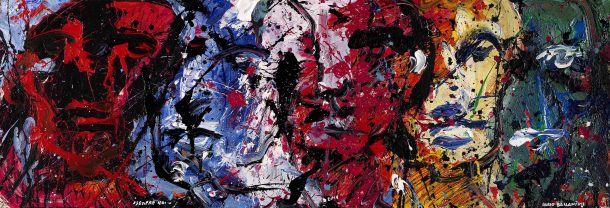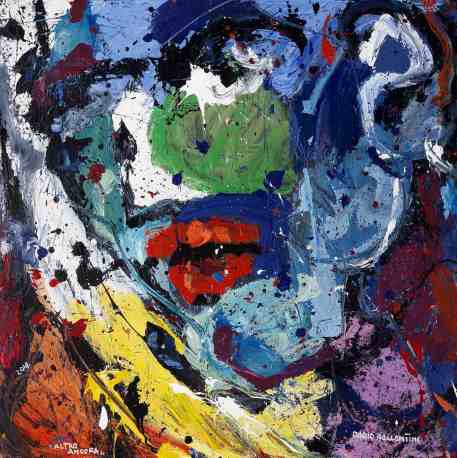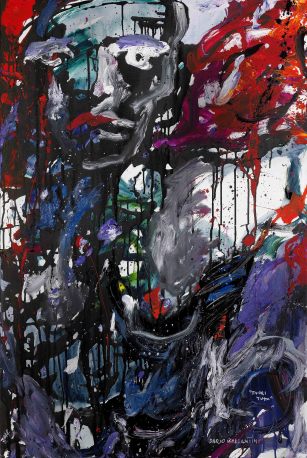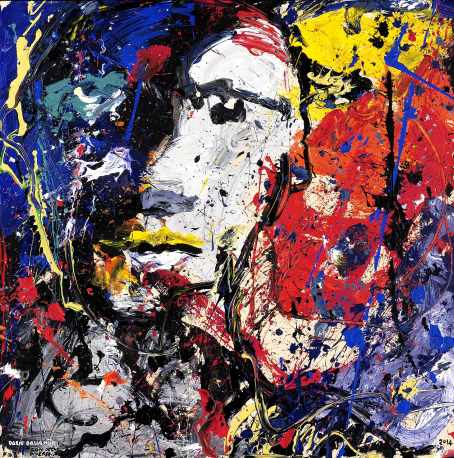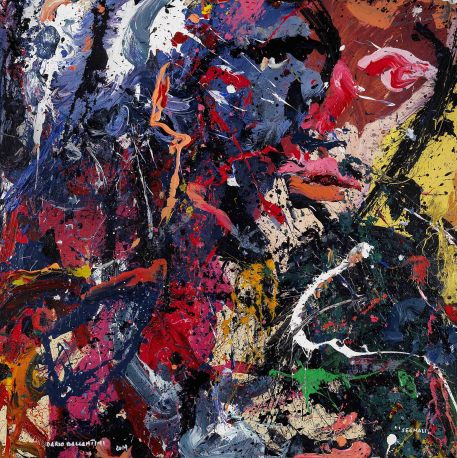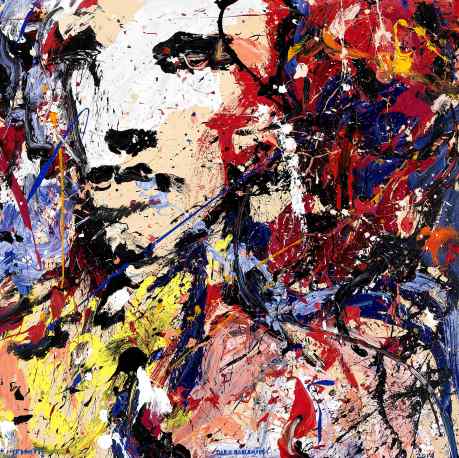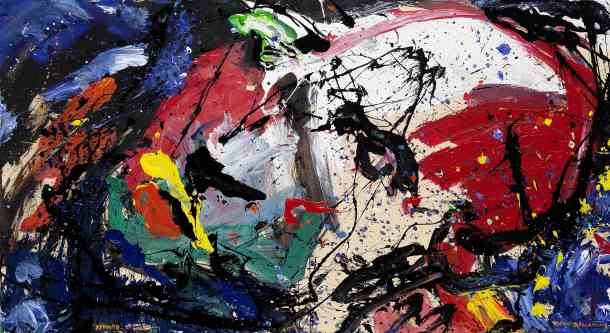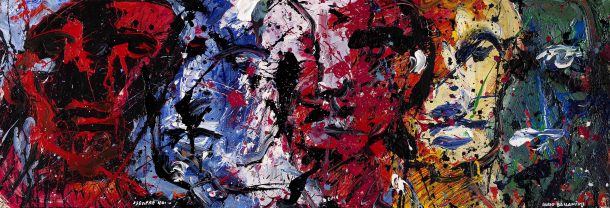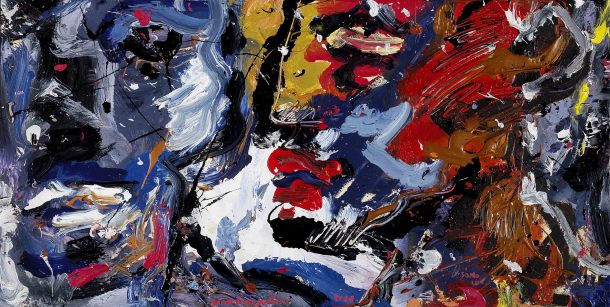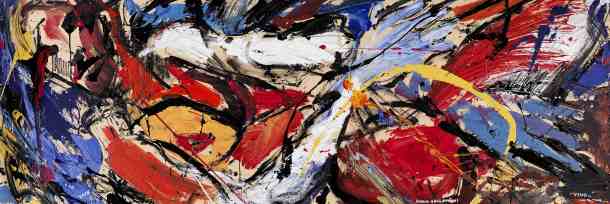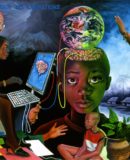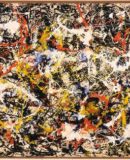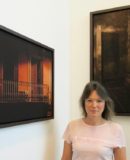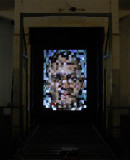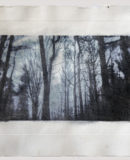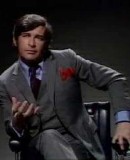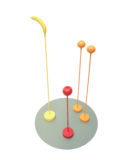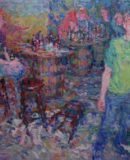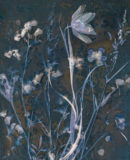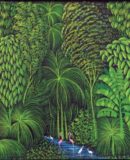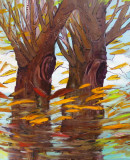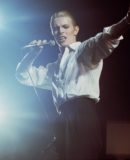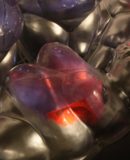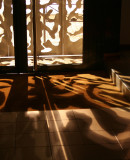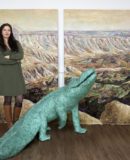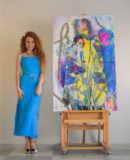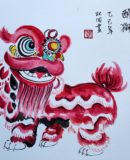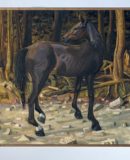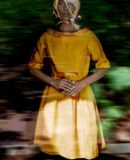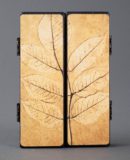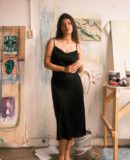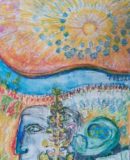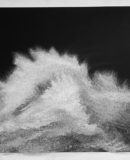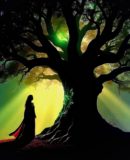World Fine Art Professionals and their Key-Pieces, 25 – Dario Ballantini
World Fine Art Professionals and their Key-Pieces, 25 – Dario Ballantini
Dario Ballantini is an artistic multitalent. Foremost he excells in painting and acting. He is known in Italy above all as a comedian and film actor. He plays the role of well known personalities in the sphere of politics and popular entertaiment like Nanni Moretti, Giorgio Napolitano and Dario Fo.
‘I’ve always dreamt to become an artist’, Ballantini says. ‘It started when I was a child.’ He got into contact with painting and theatre within the walls of his house in Livorno in Tuscany. His father painted in a neo realist style, an uncle painted in post Macchiaioli style. The Macchiaioli were a group of Italian painters from Tuscany in the second half of thenineteenth century, who broke with the conventions of the Italian academies of art. Many did their painting outdoors in order to capture natural light, shade and colour. You can compoare it with the French Impressionist who came to prominence a few years later.
Amadeo Modigliani
To make the family picture complete: Dario’s grandfather was an actor of Teatro Filodrammatici in Milan and another uncle tried to be a tenor singer. When he got 18 Dario had his first exhibition and his first performances. Central in his work, both in acting and in painting is, he says ‘The human being and his inner energy.’
‘Daily life represents itself in different ways. I try to understand it.’ He wants to look behind the surface. ‘I try to look further than the words that people speak. I want to go inside the words, into the expression of faces, in the hidden signals of tragicomic events. It’s a life lasting research. I try to understand people and peruse if there is an overall truth. This I want to share with others.’
Dario’s style is far beyond the post Macchiaioli. The painters and artists that influenced him are divers. At 16 he visits in Paris the Museum of Modern Art where there is a big exhibition on Amadeo Modigliani, who is originally from Livorno. It makes a big impression and he gets being influenced by him. He makes an exercise on Totò’s face that is so erratic that it looks like cubist art. Totò, or his real name Prince Antonio Focas Flavio Angelo Ducas Comneno De Curtis di Bisanzio Gagliardi, is considered one of the greatest Italian artists of the 20th century.
Feverish nights
Ballantini neither makes his paintings in the open fields, the favorite spot of the Macchiaioli and quite a number the post Macchiaioli. He grinds down his work in feverish nights, he attacks his paintings with acrylics or pastels. All the shades of the avant-garde movements are emerging. Among them: Cubism, Futurism – the artistic and social movement that originated in Italy in the early 20th century, Metaphysical Art – from the same period, also born in Italy (Giorgio de Chirico), Surrealism and, above all, wild Expressionism.
Another influence: Mario Sironi, an Italian modernist artist, whose somber paintings are characterized by massive, immobile forms. A modern twist to the era of obsession and desolation contrasting to the arrogance of a face ’s haunted expression. Lit up by the vulgar underling of a smile or the sneer of a mask.
Futurist tradition, cubist influence
Ballantini dismembers a body in the sprawl of houses that spills onto the stage, as if driven by some geological disaster, some movement of the earth that transforms objects and thoughts, under the pull of a metamorphic drift of ever-changing images and ideas.
The busy splintering of the human figures and objects recalls the Futurist tradition with its Cubist influence. Certain perspectives out of Sironi and De Chirico suggest a metaphysical atmosphere of unease. The transition to Surrealism is decreed by the amalgamation of certain compositions in which thoughts, nightmares and dreams materialize and encounter elementsof the reality.
Feeling of unease
In Italy he has had many exhibitions, in solo and group shows exhibitions. In 2011 he was present at the 54th Venice Biennale with the project ‘Tibet Pavilion’. In the same year he is at the 60th show of the Gruppo Labronico in Livorno, a group important painters from Livorno. Ballantini works were showed at the European Parliament in Brussels, in shows in Paris, London, Prague and Miami.
As to the Key-Piece in his total oeuvre, Ballantini says it is difficult to point out one work. ‘There are many. Just to mention a few: Profondo , Ancora vivo, Il Vecchio e il Nuovo, Questa volta no, Immagino, Fuori tutto, Non voglio vedere, S.O.S.’ (see his site)
Dario Ballantini: ‘In my opinion, Art can’t exist without that feeling of unease of being understood or not and trying to keep that common thread with the source.’
http://www.overdekunst.nl/international-window/dario-ballantini-110.html
http://www.darioballantini.it/
http://www.overdekunst.nl/international-window/dario-ballantini-110.html
Disclaimer: The views, opinions and positions expressed within this guest article are those of the author Walter van Teeffelen alone and do not represent those of the Marbella Marbella website. The accuracy, completeness and validity of any statements made within this article are not guaranteed. We accept no liability for any errors, omissions or representations. The copyright of this content belongs to Walter van Teeffelen and any liability with regards to infringement of intellectual property rights remains with the author.

